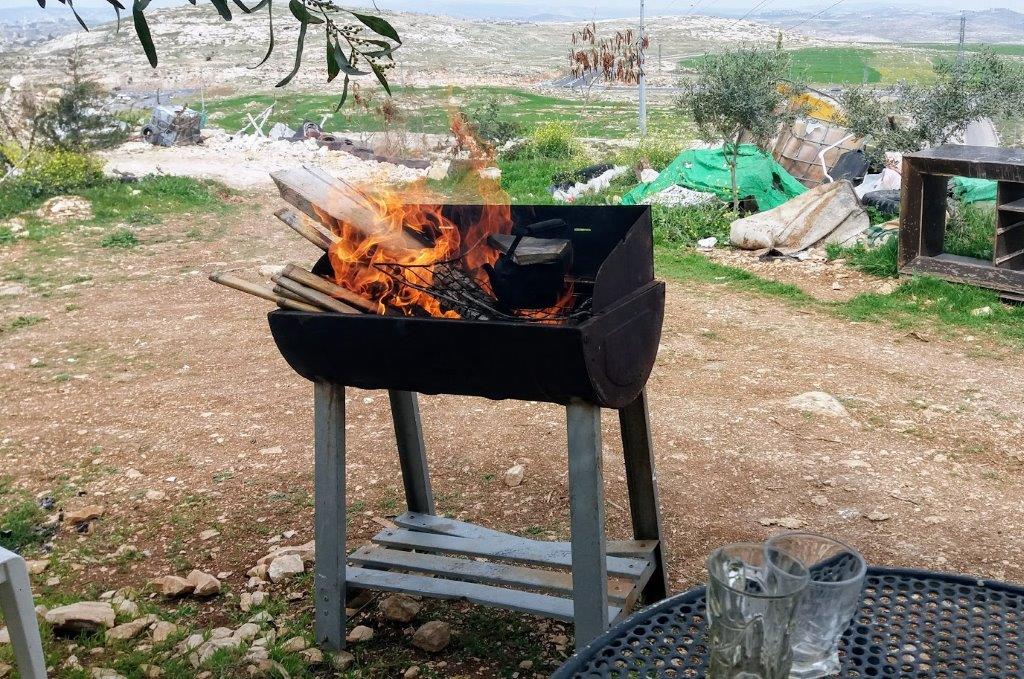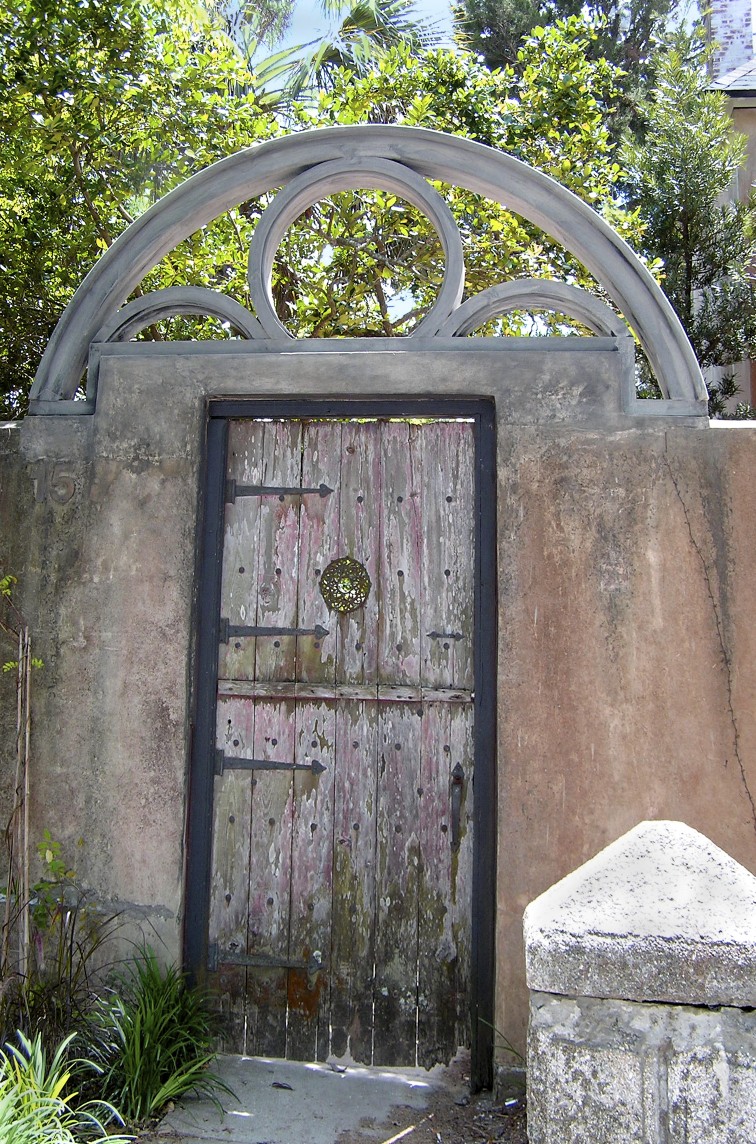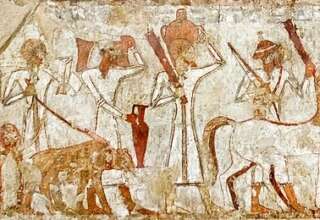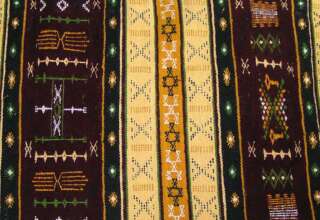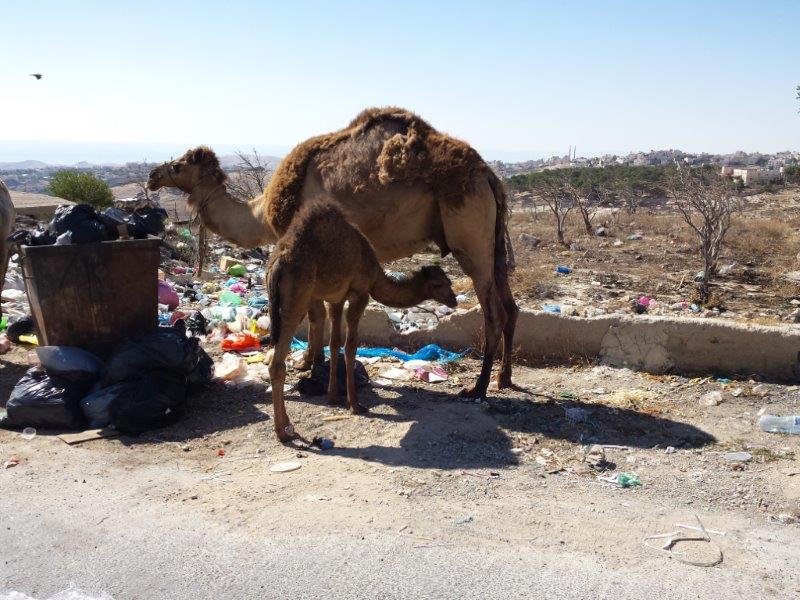
.
The Bedouins in Israel
Bedouins from various tribes came to the Negev desert (now Southern Israel) from the Arabian Peninsula, and some of them arrived there before the expansion of Islam in the 7th century (Abu-Rabia, 1994). In the late 1940’s, there were about 100.000 Bedouins and 95 tribes in the Negev. (Bedouins also lived in the Galilee area in the north of Israel.) After the establishment of the State of Israel, the Israeli authorities started to relocate the Bedouins, leaving in the Negev only about 13.000 by 1955. During the following years the Bedouins were forced to settle down in allocated towns and villages, which created major changes in lifestyle (Falah, 1985). Still, many Bedouin families live from raising flock, a practice found to be a cohesive factor in the Bedouin family (Samovar et al., 2009).
Bedouin society is a male dominated society. Several researchers described the hardships of the Bedouins in Israel, especially from a gender perspective, in the fields of health care (Al-Krenawi, 1996); Stavi et al., 2007), social work (Al-Krenawi & Graham, 1997) and education (Abu-Rabia-Queder, 2007; Lyons, 2010; Pessate-Schubert, 2003. They all pointed at the highly delicate position of Bedouin women. Polygyny among Israeli Bedouins is common, while some families seem to cope better with this conflictual situation than others (Al-Krenawi & Slonim-Nevo, 2008); Slonim-Nevo & Al-Krenawi, 2006).
The struggle of the Israeli Bedouins lasts until the current times. Bedouins in Israel continue to be marginalized, by an inclination derived from nomadic social and political structure, by their positioning vis-à-vis the competing Jewish and Palestinian nationalities, and by their economic position (Jakubowska, 2000). “Bedouin resistance to Israeli land and settlement policies began to mark the Bedouin increasingly as a ‘dangerous population’. As a result, the interest in preserving the Bedouins’ cultural specificity gave way to a new emphasis on the need to modernize the Bedouins” (Belge, 2009), p. 82. “Bedouin identity” remains strong despite the changes in lifestyle, but it is slowly making place for two different identities, that of the Arab/Palestinian/Muslim and that of the Bedouin/Israeli (Dinero, 2004). The case of the unrecognized villages of the Bedouins in the Negev desert in Southern Israel has recently been in the news, because of forced eviction and recurring destruction of their property by Israeli Authorities (Amnesty International, 2010a).

